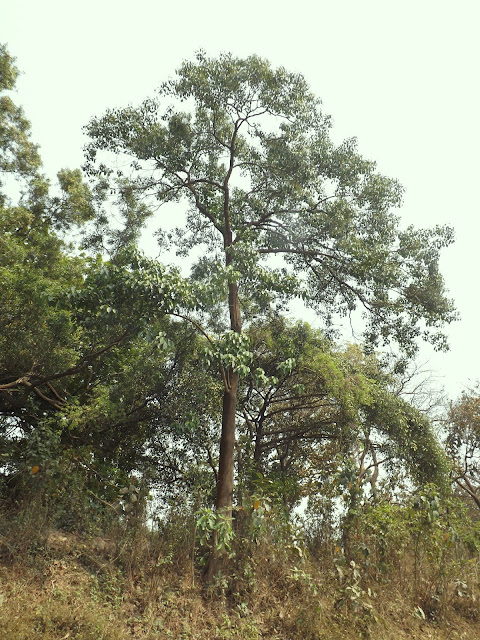Holdey pana or Sawah Lettuce, Limnocharis flava

Holdey pana or Sawah Lettuce ( Limnocharis flava , family: Limnocharitaceae) is a aquatic perennial herb with milky latex, attaining a height of 1 m. Though it looks a lot like Kochuripana (Water hyacinth) from a distance, it does not float like that, its roots remain in the mud. Although not indigenous, it is found in streamless water bodies like canals, beels, ditches and cropfields, as in other tropical regions. The original home of the erect herb is tropical America. Leaves are big, thick, light green, smooth, orbicular or ovate-oblong, 15-32 cm long and 10-20 cm wide, tip blunted, base usually rounded. Petiole is thick and broad, 25-90 cm long. Flowers are yellow, cup-shaped, 2-3 cm wide. 2-12 flowers in umbel inflorescence are produced at the end of erect, long and triangular peduncle. Petals and sepals no. 3. Stamens numerous. Due to the weight of the fruit, when the peduncle falls into the mud, the seeds come out of the fruit. Fruits are round. A single frui...




